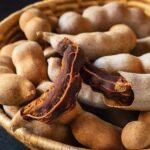
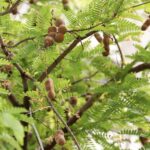

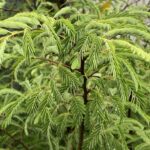
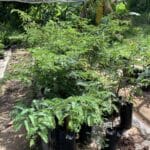
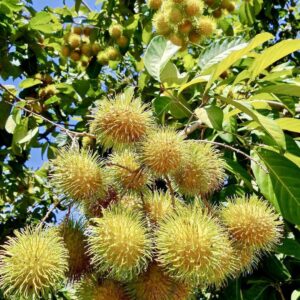
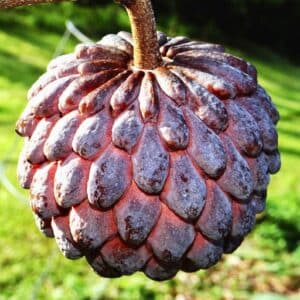
Sour Tamarind (tamarindus indica) live fruit tree 1-2 feet tall
$45.00 Original price was: $45.00.$34.99Current price is: $34.99.
Sour Tamarind, scientifically known as Tamarindus indica, is a tropical fruit-bearing tree renowned for its tangy and highly flavorful fruit. The tamarind tree is native to Africa but has been widely cultivated and naturalized in tropical and subtropical regions around the world. Tamarind fruit is used extensively in culinary, medicinal, and even industrial applications due to its sour taste, nutritional benefits, and versatility. The sour variety of tamarind is especially popular for adding acidity and complexity to dishes and drinks.
Sour Tamarind
Appearance and Characteristics:
The tamarind tree is a large, long-lived evergreen or semi-evergreen tree that can grow up to 40 to 80 feet (12 to 24 meters) in height, with a broad, dense canopy of feathery, pinnate leaves. The leaves consist of many small leaflets, creating a light, airy appearance that provides dappled shade. The tree produces small, yellowish flowers with red or pink streaks, which are followed by the formation of its distinctive fruit pods.
The tamarind fruit is a curved, bean-like pod that ranges in length from 3 to 8 inches. When the pods mature, their outer shell becomes hard and brittle, and the pulp inside turns from green and tart to brown and sour. Sour tamarind pulp is sticky, fibrous, and encloses several large seeds. The pulp is the edible part of the fruit, offering a strong, tangy, acidic flavor that is widely used in cooking and beverages.
Growing Conditions:
Sour tamarind trees thrive in tropical and subtropical climates and are best suited for USDA hardiness zones 10 to 12. They require full sun for optimal growth and fruit production. The tree is highly drought-tolerant once established and prefers well-draining, sandy, loamy, or even rocky soil. Tamarind trees can tolerate a wide range of soil pH levels, from slightly acidic to alkaline, making them adaptable to various soil conditions.
While tamarind trees are relatively hardy, they do not tolerate frost well and should be protected from prolonged cold weather. In cooler climates, the tree can be grown in large containers and moved indoors or to a greenhouse during cold periods.
Watering and Fertilizing:
Young tamarind trees need regular watering to establish strong roots, but mature trees are drought-tolerant and can thrive with minimal water. Supplemental watering during prolonged dry periods, especially during the flowering and fruiting stages, can help ensure a healthy harvest. Care should be taken to avoid waterlogged soil, as excessive moisture can lead to root rot.
Tamarind trees benefit from periodic fertilization with a balanced fertilizer or compost to promote healthy growth and fruiting. Applying organic compost or well-rotted manure around the base of the tree helps improve soil fertility and supports beneficial soil organisms.
Tamarind trees are relatively low-maintenance once established. Pruning is mainly done to shape the tree, remove dead or damaged branches, and encourage airflow within the canopy. This helps reduce the risk of disease and improves overall tree health. Pruning should be done during the dormant season or after the fruiting period.
Mulching around the base of the tree helps retain soil moisture, reduce weed competition, and protect the roots from temperature fluctuations.
Pests and Diseases:
Sour tamarind trees are generally hardy and resistant to many pests, but they can occasionally be affected by common tropical pests such as aphids, scales, mealybugs, and fruit borers. Regular inspections and early intervention with organic pest control methods, like neem oil or insecticidal soap, can help manage infestations. Fruit borers, which attack tamarind pods, can be a particular concern during the fruiting season.
Fungal diseases, such as leaf spot and root rot, can occur in humid conditions or if the soil is poorly draining. Ensuring proper airflow, spacing, and avoiding overwatering can help prevent fungal issues.
Harvesting:
Tamarind fruits typically ripen during the dry season, with mature trees producing a heavy crop of pods. The pods are ready for harvest when they turn brown, dry, and brittle. Harvesting is done by hand, often using a pole with a hook to reach the upper branches. Once harvested, the pods can be cracked open to access the sticky pulp inside.
Culinary Uses:
The sour pulp of tamarind is a staple ingredient in many cuisines, especially in South and Southeast Asia, the Middle East, Latin America, and the Caribbean. It is used to add a tangy, acidic flavor to a wide range of dishes, including soups, curries, stews, sauces, marinades, and chutneys. Tamarind is a key ingredient in Worcestershire sauce, pad Thai, and many Indian and Thai dishes. It is also used to make tamarind paste and concentrate, which are common pantry items for adding a sour kick to recipes.
In addition to savory dishes, tamarind is often used to make refreshing beverages, such as tamarind juice, tamarind water (known as “agua de tamarindo” in Latin America), and candies. The fruit’s unique sweet-sour flavor makes it a popular ingredient for candies, syrups, and desserts.
Tamarind leaves and bark are used in some cultures for medicinal purposes, including as poultices and infusions to treat wounds, inflammation, and fever.
Nutritional Value:
Sour tamarind is a rich source of essential nutrients, including vitamin C, antioxidants, and dietary fiber. The pulp is high in tartaric acid, which gives it its characteristic tangy taste and has antioxidant properties. Tamarind also provides important minerals such as magnesium, potassium, and calcium, contributing to its health benefits.
Propagation:
Tamarind trees are typically propagated from seeds, though they can also be grown from cuttings or grafting. Seed-grown trees may take several years to bear fruit, while grafted trees usually fruit sooner and maintain the desirable characteristics of the parent plant.
Ecological Benefits:
Tamarind trees provide ecological benefits by supporting local wildlife, offering food and habitat for birds and pollinators. The tree’s dense canopy also provides shade and helps prevent soil erosion, making it valuable for agroforestry systems and reforestation efforts.
Conclusion:
Sour tamarind, or Tamarindus indica, is a versatile tropical fruit tree known for its tangy, flavorful pulp and multiple uses in culinary, medicinal, and industrial applications. With its resilience, low-maintenance requirements, and unique flavor, it is a valuable addition to tropical gardens, orchards, and landscapes. Proper care, including regular watering during establishment, occasional pruning, and protection from extreme cold, ensures healthy growth and abundant fruit production. Whether used in cooking, traditional medicine, or enjoyed fresh, sour tamarind offers a taste of tropical cuisine and culture.
| Weight | 10 oz |
|---|---|
| Dimensions | 22 × 4 × 4 in |
| Planting Bag + Soil |
Planting bag + Soil ,I have soil and container |

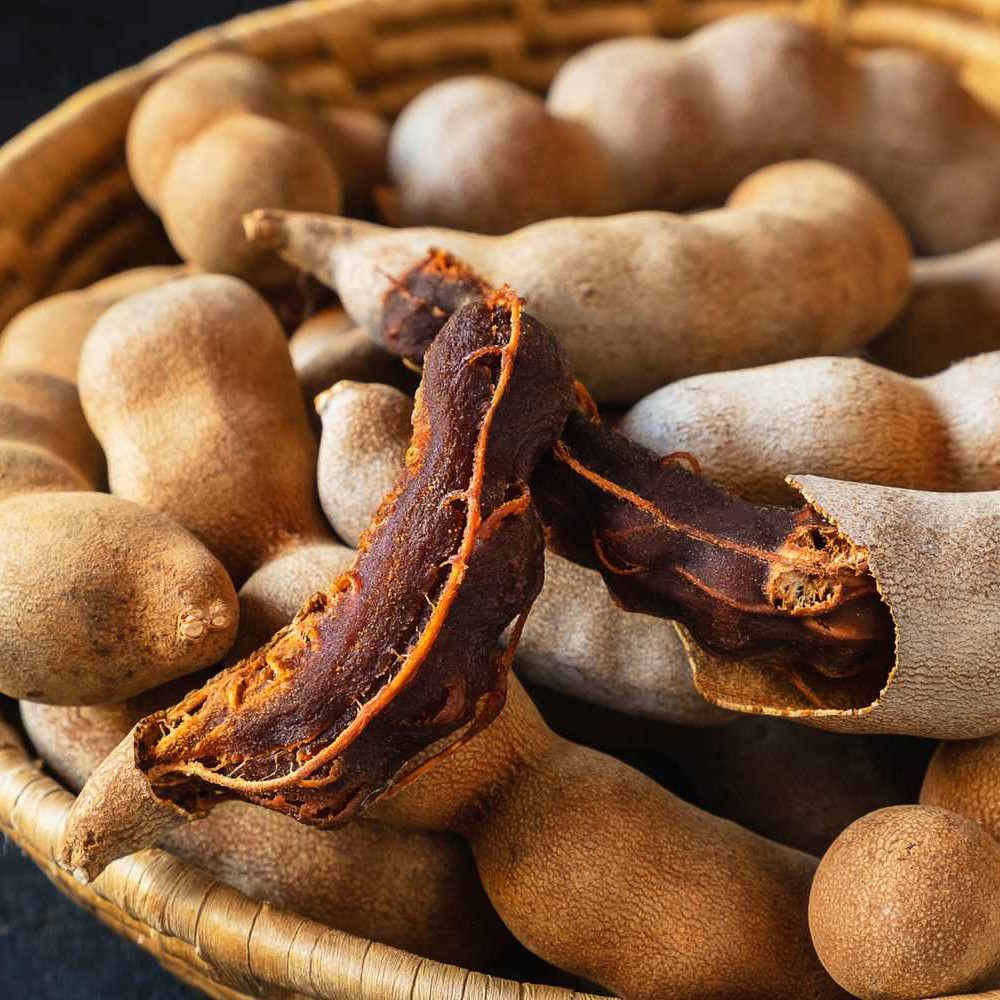
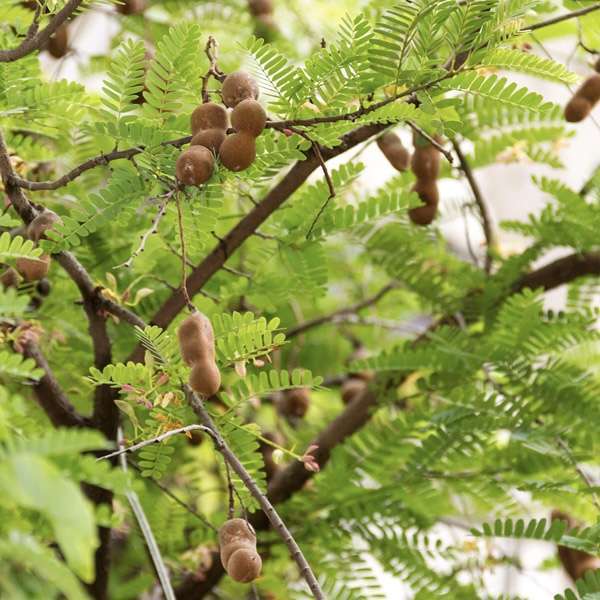
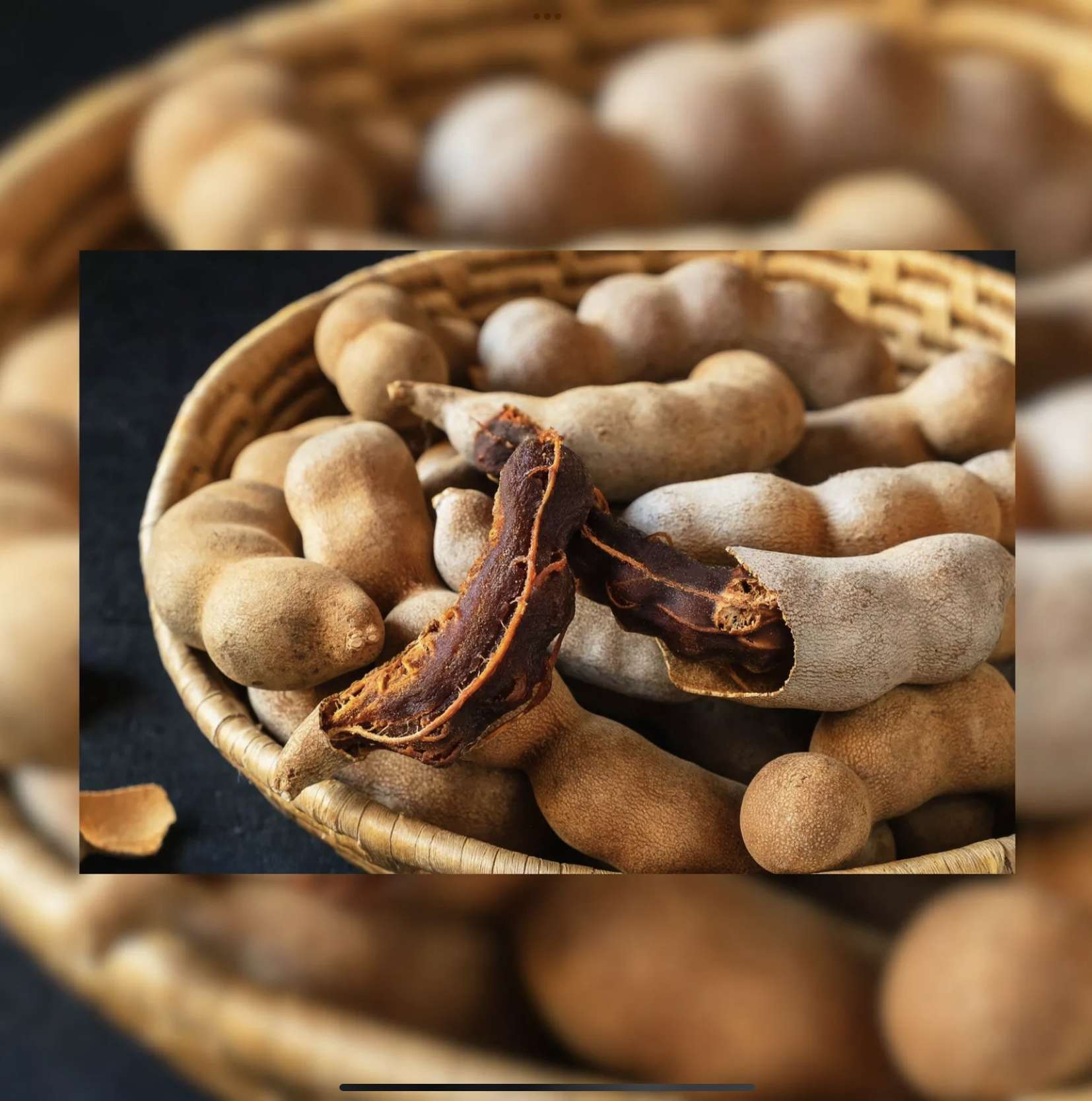

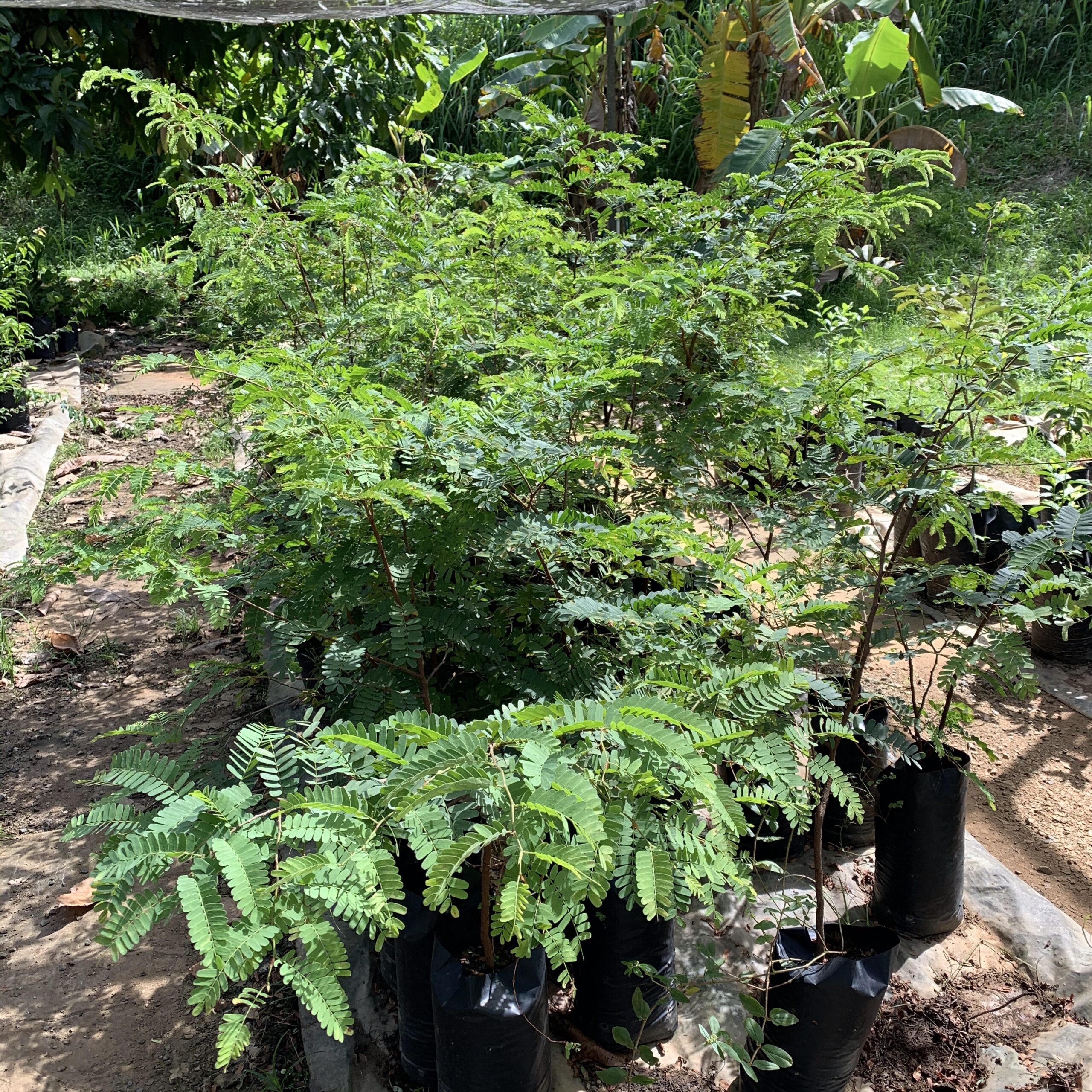
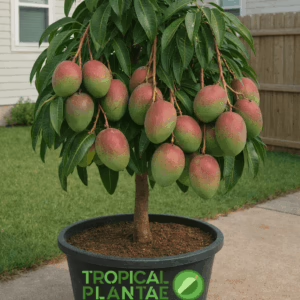
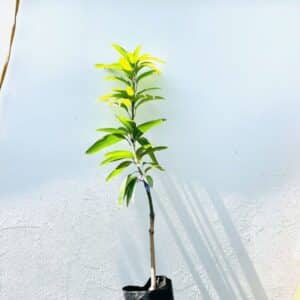

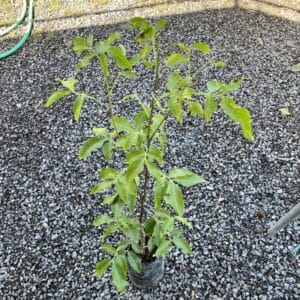
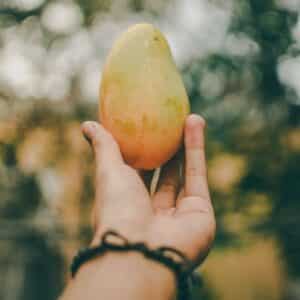

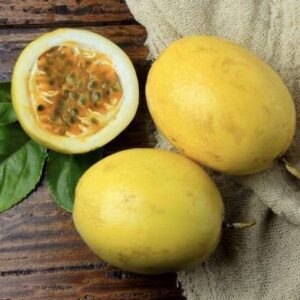





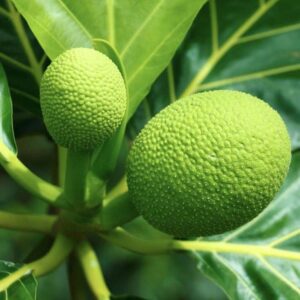
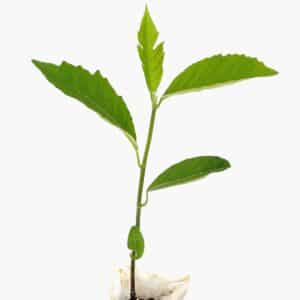


Reviews
There are no reviews yet.